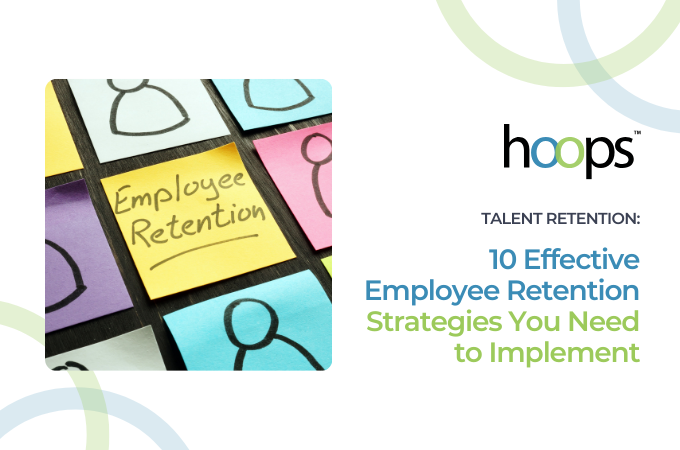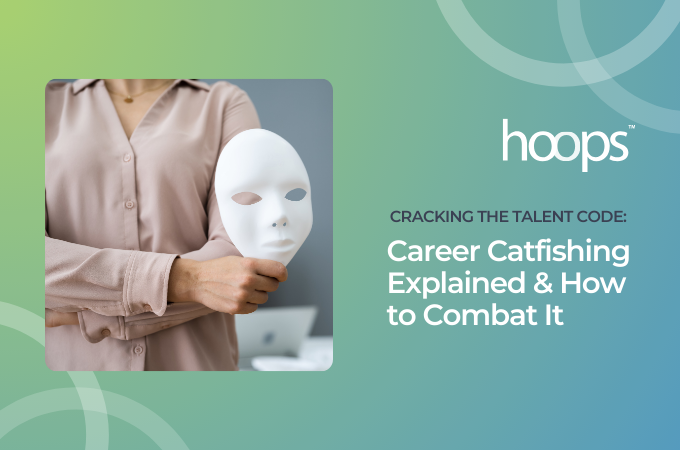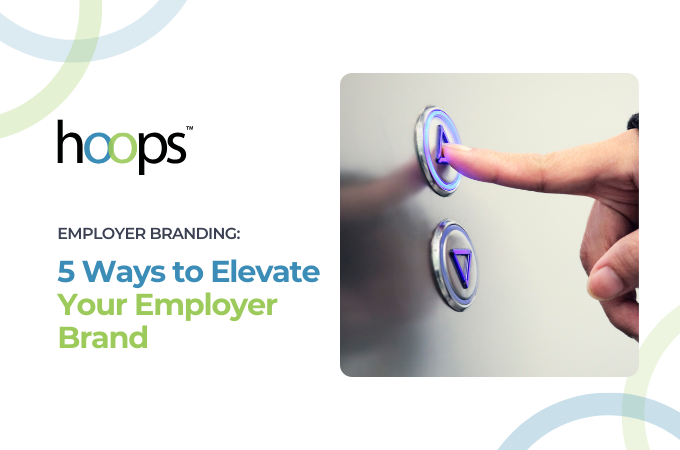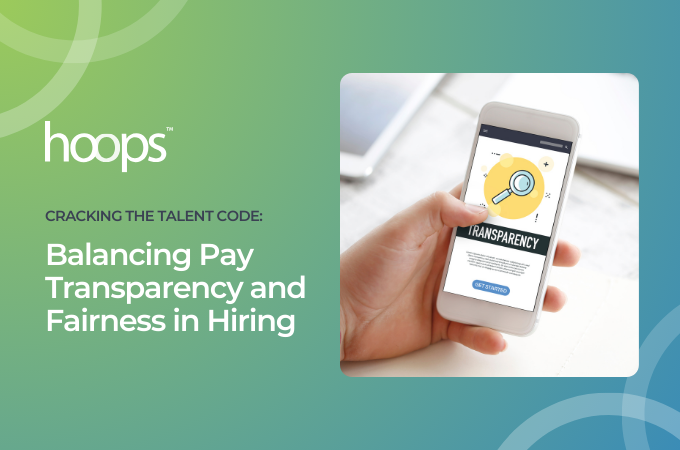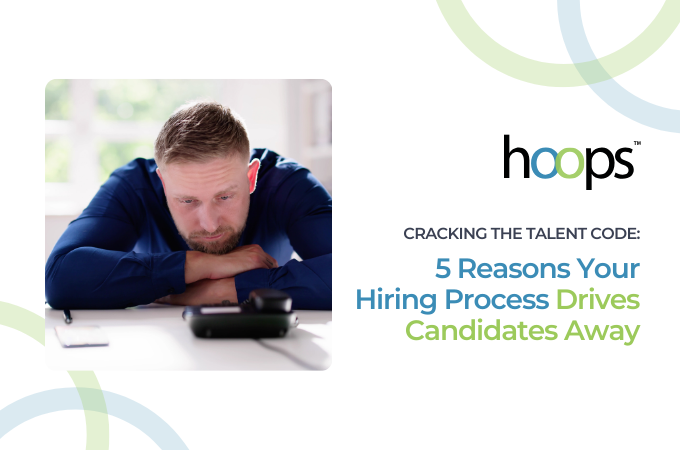In today’s competitive job market, companies cannot afford to overlook the importance of an efficient, well-organized hiring process. While many businesses are aware of the dangers of a slow hiring process, few fully understand the true cost of a bad hiring experience. In fact, the consequences of a poor recruiting experience stretch far beyond losing top talent—they impact your company’s bottom line, brand reputation, and internal morale.
The Opportunity Cost of Losing Top Talent
One of the most significant costs associated with an inefficient hiring process is missing out on top talent. In-demand candidates have their pick of opportunities, and they won’t wait around if your hiring process is slow or cumbersome. According to a report from Boston Consulting Group, 66% of job seekers say that a poor recruiting experience is a deal-breaker, with many abandoning the process if it’s too lengthy or disorganized. As a result, companies are left with less qualified candidates and, in many cases, must settle for second-choice hires who may not be the best fit.
The longer you take to make decisions, the more opportunities candidates have to accept offers from your competitors. This not only affects your ability to secure the best people for the job but also results in delays that hinder your business growth and productivity.
The Financial Impact: Time, Resources, and Money
The financial implications of a bad hiring experience can be staggering. A slow or disjointed recruiting process wastes valuable resources—not only in terms of time spent by HR and hiring managers but also in the form of recruitment advertising costs and prolonged vacancies. According to research from Cypress HCM, inefficient hiring processes can lead to expenses that are up to four times the position’s salary. When vacancies drag on and hiring is delayed, the cost of keeping key roles unfilled grows exponentially.
Additionally, consider the hidden costs of scheduling multiple rounds of interviews, pulling employees away from their day-to-day responsibilities to participate in interviews, and paying overtime to team members who are covering for vacant roles. These added expenses can chip away at your budget and cause long-term financial strain.
Internal Friction and Burnout
An inefficient hiring process doesn’t just affect candidates—it impacts your existing team as well. When key roles remain vacant for extended periods, the burden of extra work often falls on current employees, leading to burnout, decreased morale, and diminished productivity. The result? More employee turnover, which only adds to your hiring woes.
On the flip side, rushing the process to fill roles quickly can result in hiring the wrong person. A bad hire costs organizations an average of $15,000 per employee, according to SHRM. Not only do bad hires drain financial resources, but they can also disrupt team dynamics and harm workplace culture.
The Damage to Your Employer Brand
A poor interview experience can damage your company’s reputation in the eyes of candidates, employees, and even customers. Word travels fast, especially in the digital age, where review sites like Glassdoor and Indeed allow candidates to share their experiences publicly. A disorganized, time-consuming hiring process or a lack of communication can lead to negative reviews, discouraging future applicants from considering your company.
According to LinkedIn research, 83% of job seekers say a negative interview experience can change their minds about a role or company they once liked. A bad reputation in the talent market means fewer high-quality candidates are interested in your roles, leading to longer hiring timelines and a smaller pool of top talent.
Striking the Balance: The Goldilocks Approach
While rushing through the hiring process can result in bad hires, dragging it out can be just as damaging. The key is to find a "Goldilocks" approach—not too fast, not too slow, but just right. An efficient, candidate-centric hiring process balances speed with quality, ensuring you don’t miss out on top talent while maintaining high hiring standards.
McKinsey's report on attracting top talent suggests that companies must streamline their processes, remove unnecessary steps, and prioritize communication with candidates. Doing so can help ensure a positive experience and increase your chances of securing the best person for the job.
Steps to Improve Your Hiring Process
To avoid the high costs of a poor hiring experience, consider implementing the following strategies:
-
Simplify and Streamline: Review your hiring process to eliminate unnecessary steps since "less is more." Only include interviews and assessments that are critical to evaluating the candidate’s fit for the role.
-
Prioritize Communication: Keep candidates informed throughout the process. Timely updates and transparency can prevent drop-offs and keep candidates engaged.
-
Leverage Technology: Use AI-powered tools like Hoops' Hula AI to automate routine tasks such as candidate screening, interview scheduling, and follow-up. This reduces team time and time-to-hire without sacrificing the candidates' experience.
-
Measure Key Metrics: Track time-to-fill, cost-per-hire, and candidate satisfaction to identify bottlenecks in your hiring process and areas for improvement.
-
Create a Positive Candidate Experience: Treat every candidate like a potential customer. A positive experience can enhance your employer brand and encourage top candidates to accept your offer.
Conclusion
The true cost of a bad hiring experience isn’t limited to losing candidates—it impacts your bottom line, brand, and team. By optimizing your hiring process, you can avoid missed opportunities, reduce costs, and ensure your company remains competitive in the talent market.
Need help refining your hiring process? Hoops HR offers AI-driven solutions to streamline your recruiting efforts and help you secure top talent quickly and efficiently.
Simplify hiring. Amplify growth. Visit us at hoopshr.com or call 877-262-7358 to learn more!
#yourbesthire


